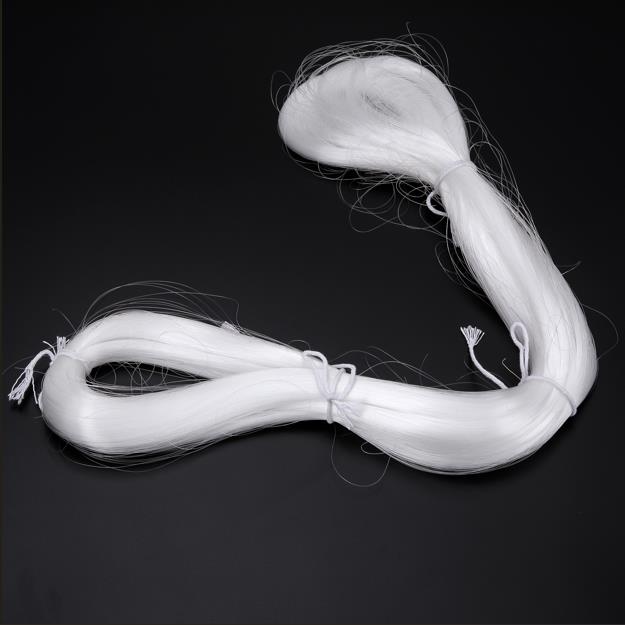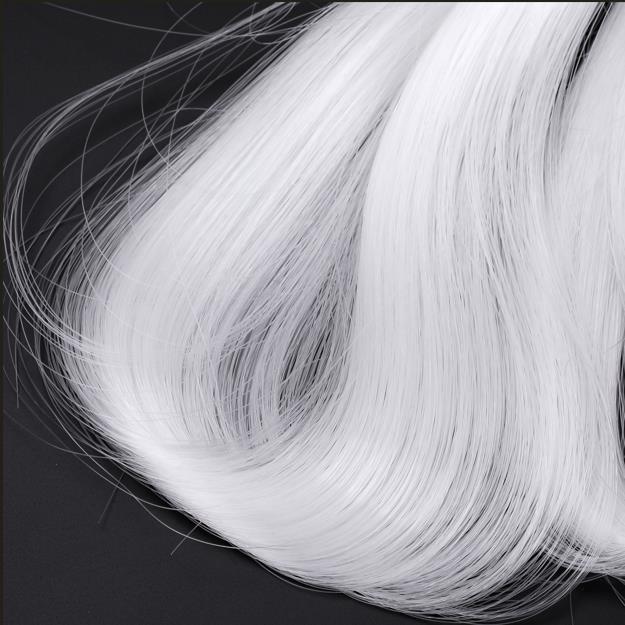As a leisure sport, fishing is becoming more and more popular among people. In our country, the group of fishing enthusiasts is growing day by day. Fishing line is a vital tool in the fishing process, and its quality directly affects the fishing experience. Fishing line, also known as fishing line, is an important part of connecting the fishing rod and the fishhook. It is mainly used to transmit the fisherman's power and sense the movement of the fish. Fishing line materials are diverse, including nylon line, PE line, carbon line, fluorocarbon line, etc. Fishing lines made of different materials have different characteristics and applicable scenarios.

Nylon line has good elasticity, abrasion resistance and corrosion resistance, and is widely used in various fishing environments. It is suitable for leisure fishing, black pit fishing, etc., especially for beginners. The PE line has extremely high pulling force, strong wear resistance and anti-aging properties, but the line quality is relatively hard and not easy to knot, so it is more suitable for fishing large fish, such as sturgeons, sharks, etc. Carbon wire has the characteristics of high strength, low elongation, and wear resistance, but it is more expensive. The diameter of the metal wire is mainly distributed between 0.08 mm and 0.30 mm, and has excellent wear resistance and tensile strength. Whether fresh or salt water, it maintains excellent performance in various fishing environments. The soft and smooth line body can not only reduce damage to the fish's mouth, but also make the line winding smoother.

Fishing line plays an important role in the fishing process. Understanding and mastering the relevant knowledge of fishing line will help improve your fishing skills and enjoy a more enjoyable fishing experience.